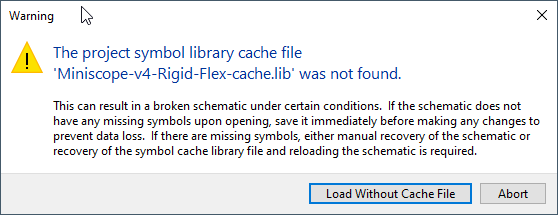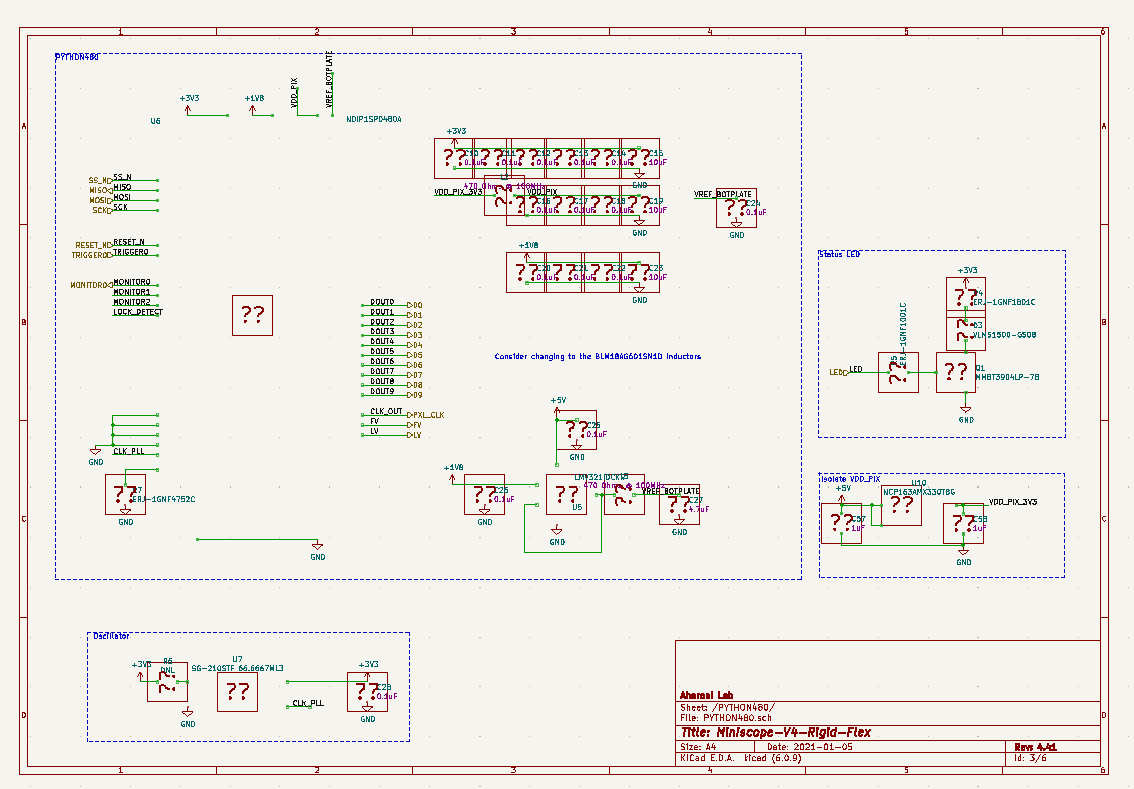[Miniscope V4 Wiki] [Miniscope DAQ Software Wiki] [Miniscope DAQ Firmware Wiki] [Miniscope Wire-Free DAQ Wiki] [Miniscope-LFOV Wiki][2021 Virtual Miniscope Workshop Recording]
Open-source neural imaging in freely behaving animals
All information, guides, and tutorials can be found on the Miniscope-v4 Wiki Page.
**Make sure to click Watch and Star in the upper right corner of this page to get updates on new features and releases. **
The V4 Miniscope is a significant advancement over our previously released systems and will serve as the base Miniscope platform for years to come. Some feature highlights are listed below.
- 1mm diameter field of view or greater
- ~1mm working distance
- Modular optics
- +/-200um electronic focal adjustment
- All achromatic optics
- 2.6 grams
- 22mm tall
- Absolute head orientation sensor
- Requires ~1/5th the excitation power of previous systems
- No more soldering!
- Still uses only a single coaxial cable (down to 0.3mm in diameter) for power, communication, and data.
- New DAQ software














